I'm a high school student and I went to a coding competition recently and got this problem that I had no idea how to solve:
Given a maze enclosed in a 100x100 area, determine if a circle with a given radius could fit through the maze given the locations of all the walls. Walls will be defined as lines connecting two points within the space, and you will be given start and destination points for the circle. The circle must start with its center at the start point and touch the destination point for it to successfully fit through the maze. There will be a maximum of 20 walls. The radius of the circle and the locations of the walls can be "arbitrarily" precise. ("arbitrarily" for this case just means within far limits - let's say, up to a max of 10 digits after the decimal).
Here is an example. If this were the input:
Radius = 2.8
Start = (5,5), Destination = (95,95)
Walls (a wall connects each pair of points):
(20,0) to (27.5,22.6)
(27.5,22.6) to (55.1,35.5)
(55.1,35.5) to (80.3,80,4)
(80.3,80,4) to (95,63.9)
(1.7,25.8) to (17.5,53.2)
(17.5,53.2) to (56.4,69)
(56.4,69) to (67.9,90.6)
(85.6,98.94512) to (87.3,92.5)
then this (made on desmos) is what the maze would look like (the blue circle is just to show how big the circle is):

I would know how to solve the problem if it were in a quantized grid, but the exact locations of the walls and the radius of the circle can be arbitrarily precise. I've thought about using the "right-hand rule" to find a path, but I don't know how to implement that in a non-quantized space (nor am I very familiar with the method).
How would I go about solving this? Can someone point me to an algorithm, a link, some pseudocode, or just an intuition that could help me get an understanding of how I might solve this? Any help is appreciated. Thanks!

